I was at my Dad’s house and I was reading a book about haunted houses in Yorkshire. I naturally started to look at the area of East Yorkshire and this place came up.
OS Grid Reference TA021498
The haunting tells of a tolling bell being heard through the building’s ancient walls at 1AM, even though the bell had long since been removed from the property. Apparently a visiting workman had been so frightened by this eerie sound he had fired a shotgun towards the sky which caused the tolling of the bell to instantly stop.

Photo credit: Ian Lavender / Foter.com / CC BY-SA
It is a one of two surviving buildings from a Gilbertine Priory, and now a grade I listed building. The other surviving building is a ruined barn to the north. The nun cloister that was on this site was built about 1150 and demolished approximately two hundred years ago. The priory was famous for housing both nuns and monks, albeit on separate parts of the property. A building has been on the site where Watton Abbey now stands for many years, and it has had many major transformations. Demolished and rebuilt numerous times no doubt. Parts of the existing Watton Abbey can be traced back to the 14th century. The house is said to have many hidden doors and passage ways, nooks and crannies. It is also said to have a stream flowing underneath it!
I also find a few more ghost stories…
One story tells of a nun who had an affair with a male member of the clergy. Some say she still haunts the site.
A few stories tell of a lady and her infant who were murdered on the site by a band of enemy soldiers during the great Civil War (1642–1651). The lady’s headless corpse holding her baby has been seen by various visitors at Watton Abbey. A great account of this can be found in the book The haunted homes and family traditions of Great Britain by John H. Ingram.
Another story tells of the labourers who refused to stay in the house after hearing bells tolling (or even monks chanting) during the middle of the night.
So, I go down to Watton and have a look.
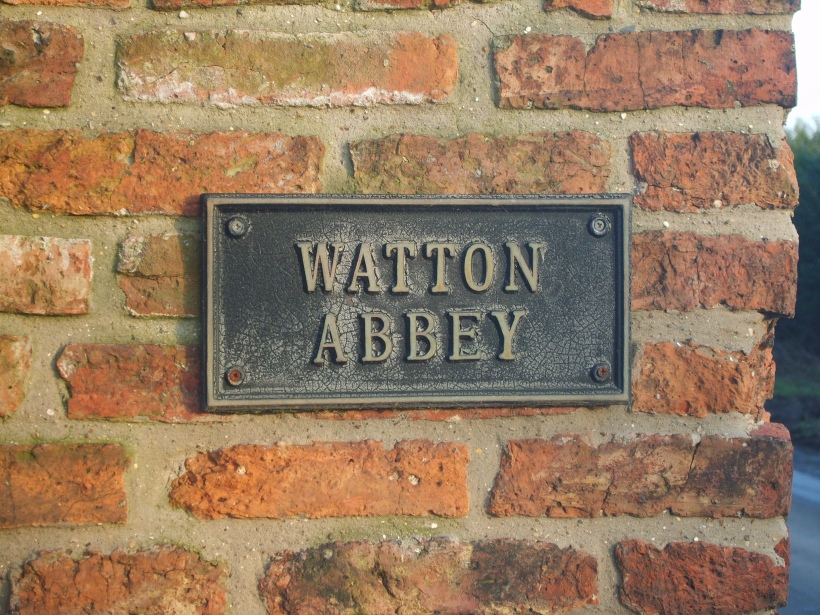
I approach the site from the east, and the first thing I see in the distance is the old barn. The sound of birds screeching is immense, they are making a huge amount of noise. This immediately makes the area feel very creepy indeed.


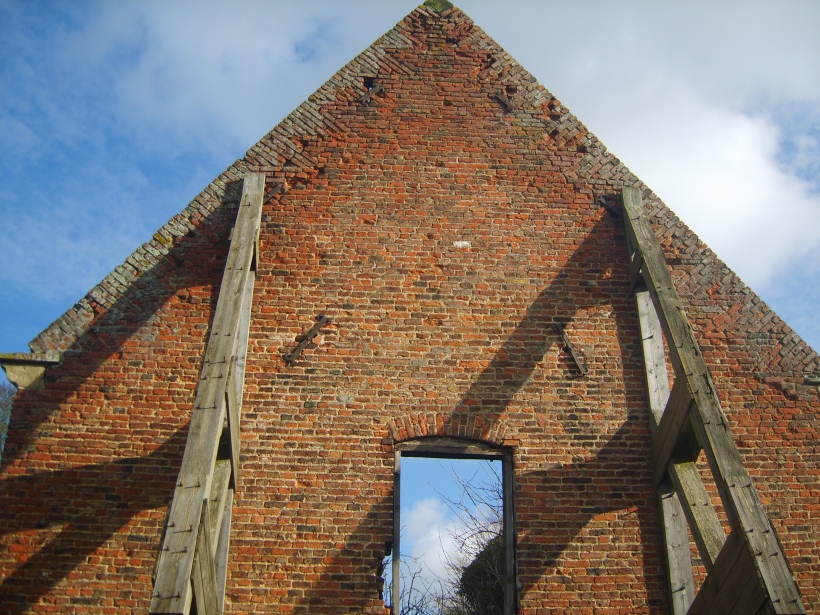
The birds (crows I think) are living inside the barn. Making a right noise!


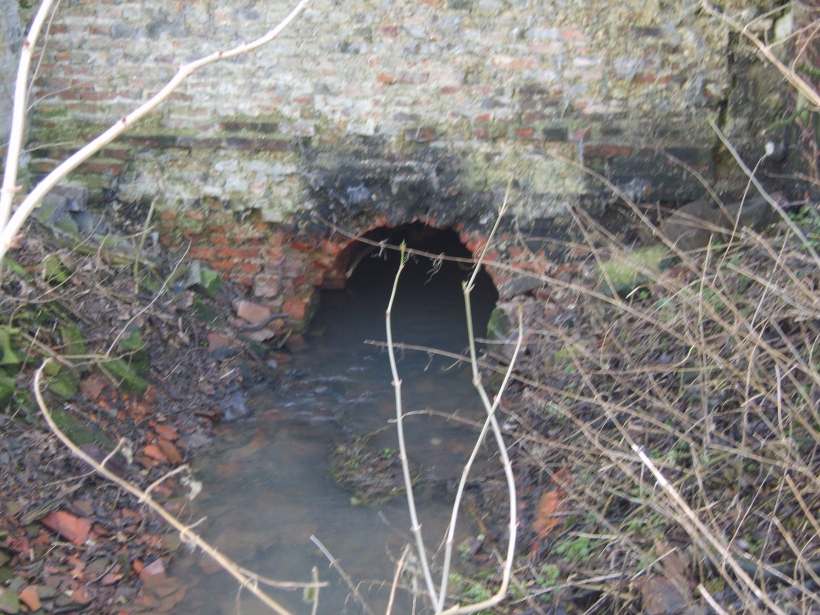


You could get very close to the barn, hence all the pictures. Watton Abbey proved to be a bit more difficult because it is situated quite far down a private road.

Whilst I was out here, I had a few more things I wanted to see. On the map (at the top of the post) you might noticed Black Kell and Blue Kell. These are two small ponds to the East of Watton Abbey. I have a quick look at these as well.
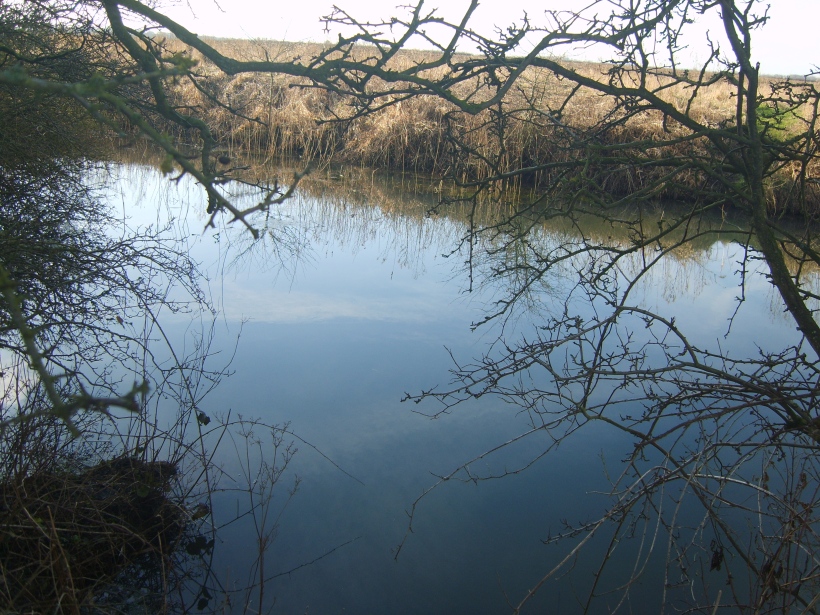

What does the word Kell mean you say? Well don’t worry, Irlsey has got this covered.
Kell (or Keld) is an old Yorkshire word for spring or well. Like many words from the Yorkshire Dialect it comes from an Old Norse word. In this case the Norse word is kelda.
After doing this I trekked back over to the Watton Abbey and pondered where the huge nuns cloister used to be. Well… I was stood on it.
Directly to the west of the Watton Abbey (where the canons cloister was) there are masses of disturbed land and embankments. This can be seen from aerial photographs… and from ground level.
I try to take photos to illustrate this.

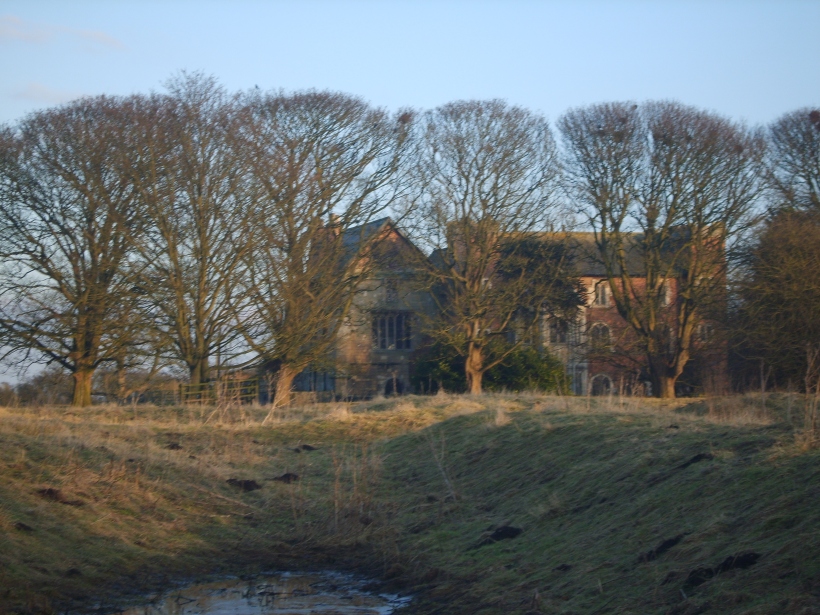
Basically, lots happened here, but no one is really talking about it.
If you want to know more, check out this amazing website here. It is fantastically written and has some really old pictures of the area. Well worth a quick look.
Irlsey
Above Photo credit: Ian Lavender / Foter.com / CC BY-SA
So where is the railway tunnel ??
There is a railway line to the East of Watton Abbey. You can see it on the map. No tunnels though. I will post some more soon, don’t worry 🙂
spooky
I lived there for one month when i was 16. Now 46. I remember there was a train accident. It was a beautifull place with a swimming pool dogs, horses..different from what I was accustomed to. Me and a french guy were learning english and lived there for one month. The house had a huge kitchen and beautifull furniture and it was full of fire regulators wich i didn’t care too much when smoking in my room.
Greetins to Mr. and Mrs Cherry from Spain. Iñigo.
I also lived there with Janis and Tony Cherry. Unfortunately Janis died in 2002, I haven’t heard from Tony for a while.
Unfortunately Jan Cherry is no longer with us.